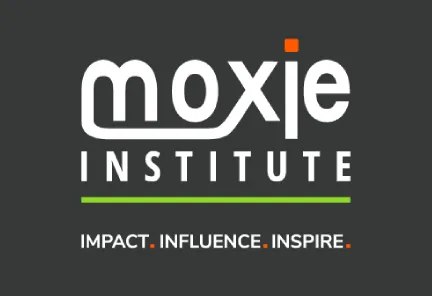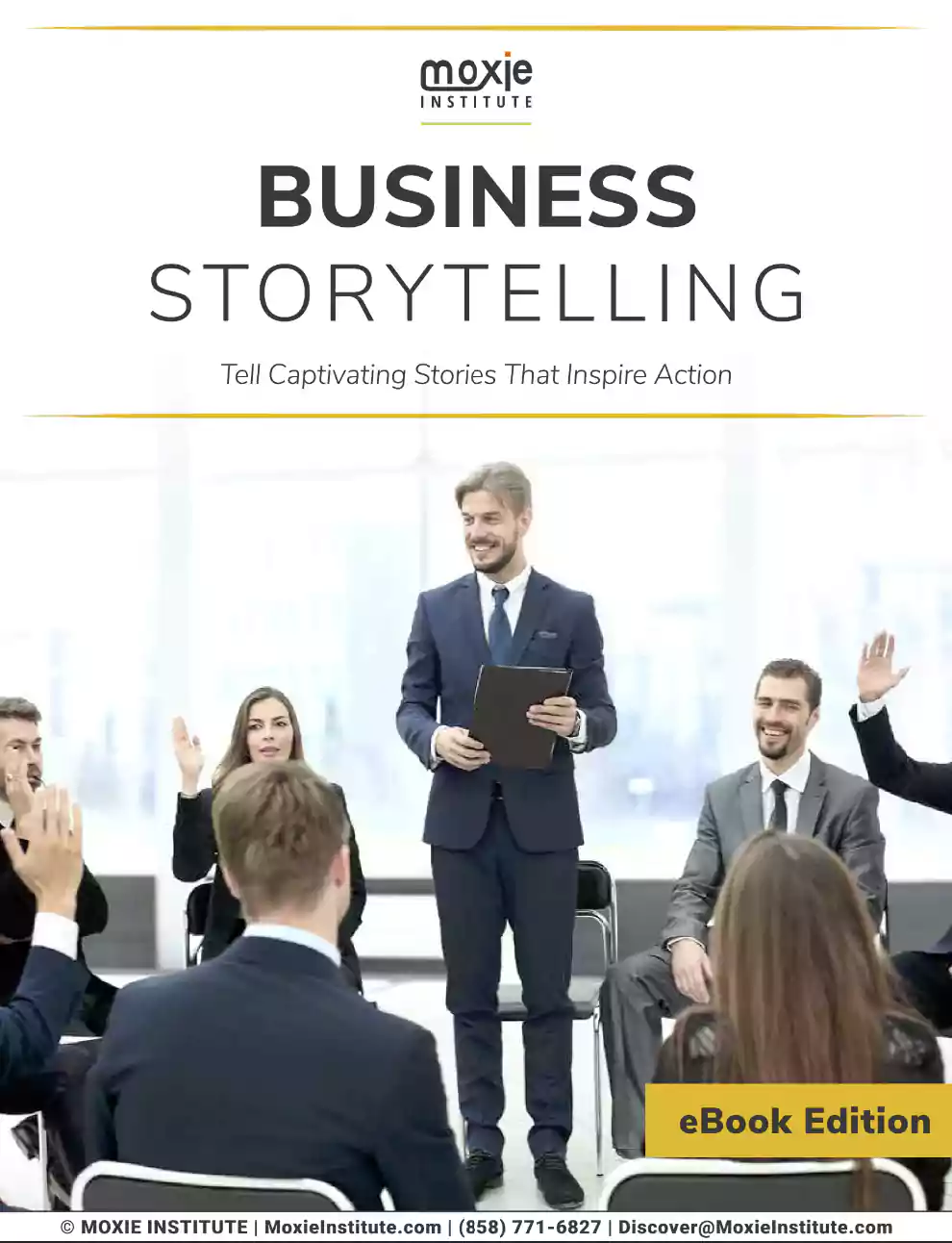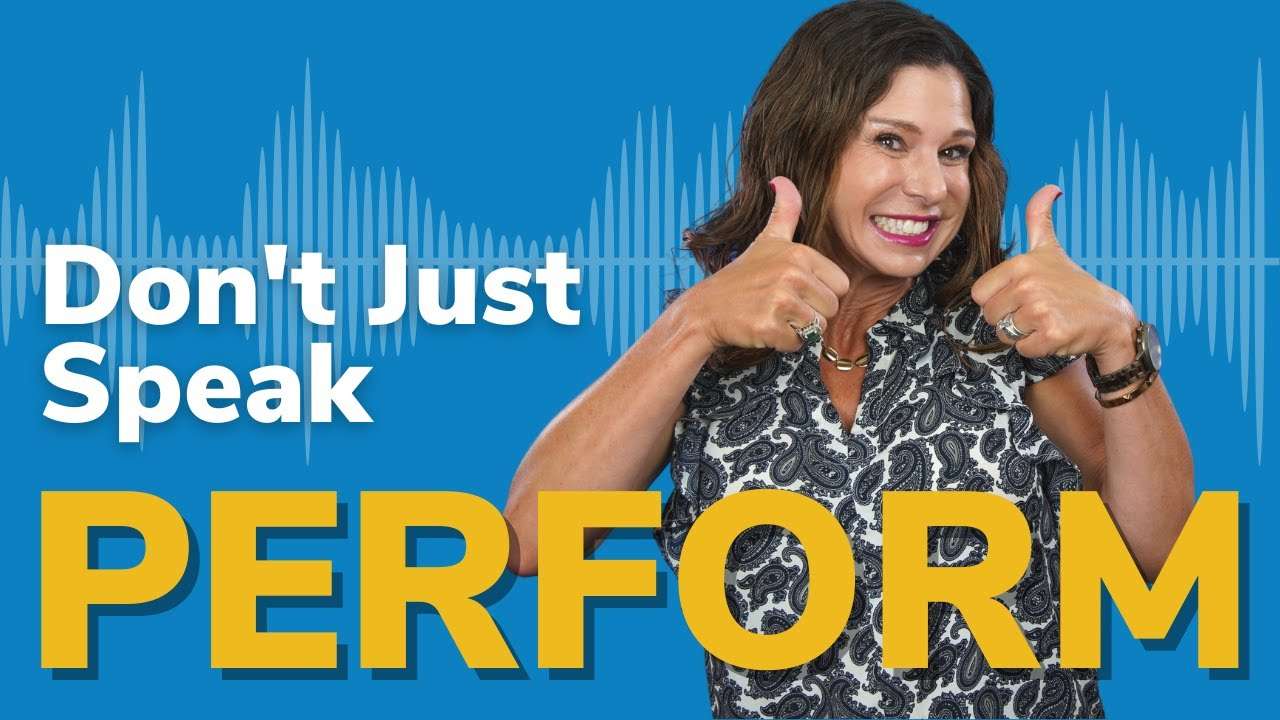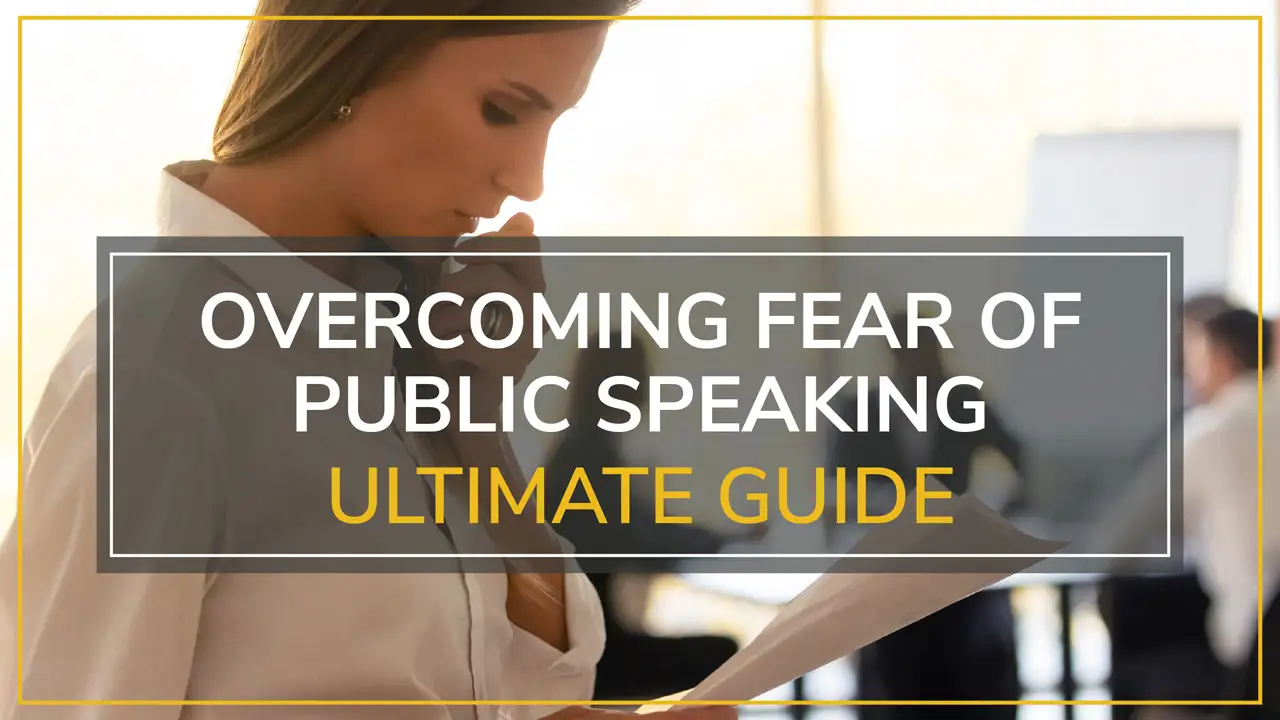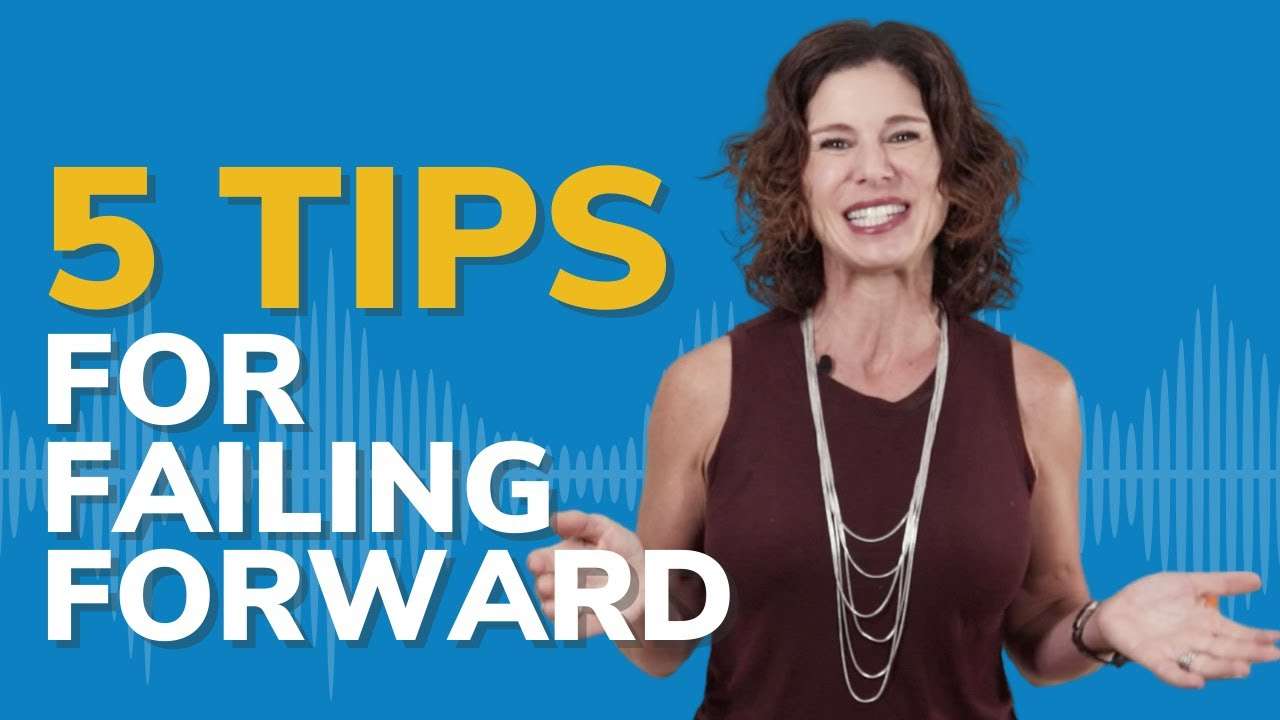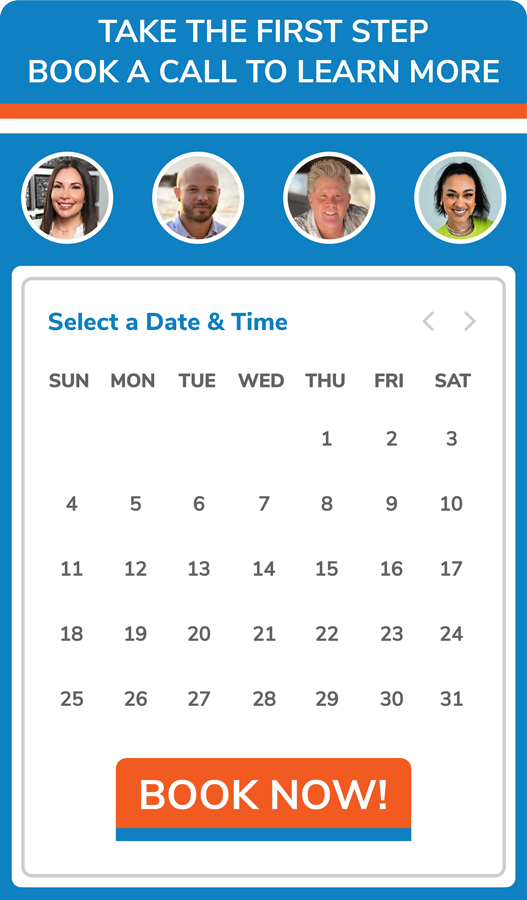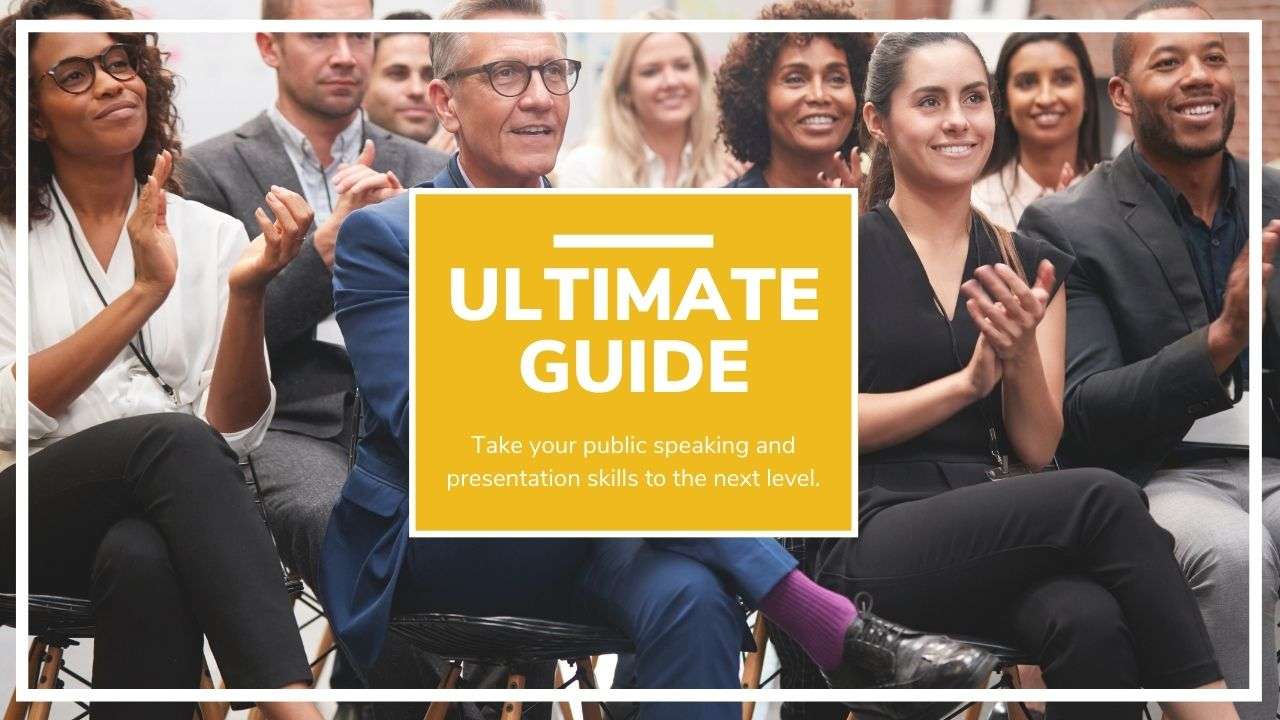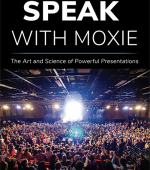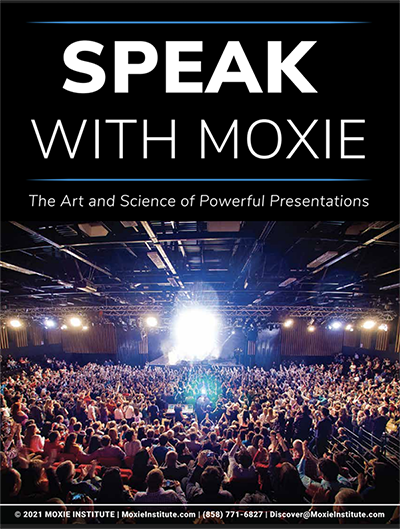Shakespeare said,
“All the world’s a stage and all the men and women merely players.”
but what does this really mean? I’m going to unpack that for you next on Moxie Talk Blog. —
Table of Contents
ToggleLIFE-CHANGING PUBLIC SPEAKING TIPS FROM THE PERFORMING ARTS
Hey everyone! I’m Fia Fasbinder and welcome to the Moxie Talk blog, where we help you find your voice share your message and lead with confidence.
All the world’s a stage and all the men and women merely players.
Now, I know Shakespeare was around way before executives did presentations but Moxie lives at the crossroads of key Performing Arts Techniques, Adult Learning Theory, and Public Speaking.
I want to today unpack what it really means that all the world’s a stage and all the men and women merely players. Could that mean the whole boardroom’s a stage and all the executives and speakers merely players?
In order to unpack this, I want to start at the beginning—which is my story. I began as an actor in New York City. I studied at Tisch School Of The Arts and fell in love with New York City and like most struggling actors, I waited tables, did temp work, did everything I could so that I could perform because that was really my love.
At one point I had the opportunity to work with an arts and education organization called the 52nd Street Project and they bring theater and dance classes to inner-city youth and it really changed my trajectory.
I realized that what I loved even more than acting was teaching acting for something other than acting: Teaching acting to help people find their confidence their sense of safety their sense of agency.
Long story short, I took these skills that I learned teaching inner-city youth and got my master’s degree in education and started teaching adults.
Then started the Moxie Institute where I applied all of the best techniques I learned as a performer to helping public speakers and that is at the foundation of everything we do at Moxie — Everything has a basis in the performing arts.
Today I want to give you a few of those techniques that have been incredibly useful to our speakers so that you can use them to give better presentations, better meetings, and more engaging speeches.
FEAR OF FAILURE & TAKING RISK
Let’s start the entire umbrella with fear of failure and taking risks. Now actors know a lot about fear of failure and taking risks.
Starting with the fact that if you want a job as an actor, if you want a gig, you have to audition. You have to put yourself out there and you know that 9 times out of 10, maybe 99 times out of a 100, you’re not going to get the part.
Vulnerability & Courage
Our acting teachers used to say you have to have the heart of a poet and the skin of a Rhinoceros and I think this relates to executive presentations just as much.
Thick Skin (Grit)
It is nervy, giving a presentation to your boss or higher-ups or executives or the C-Suite. It is nervy and yet you have to put yourself out there.
You have to do this with courage and grit and learn to fail forward. Meaning that if you get some feedback from those executives on things that you could improve on, and if you’re rehearsing and somebody gives you some tips… instead of shrinking and saying —
“Oh! I just suck at public speaking, I’m never going to be able to do this.” or “I might as well not apply for this,”
if you can just continue to learn from those fails and fail forward slowly-slowly-slowly, you will become a much more magnetic dynamic executive public speaker.
That’s the first! Put yourself out there and don’t be afraid of failure. In my book, the only failure is not going after the gig.
We can apply this to so many aspects of corporate presentations. If there is an opportunity for you to give a presentation and you’re thinking to yourself — “Oh no! I don’t know if I got what it takes, I don’t know if I have the chops, What if they judge me? What if they think I’m an imposter?” Do it anyway.
Take the risk and put yourself out there—that is the first lesson that all performers know.
COPING WITH SPEAKER ANXIETY
One of the things I say to all of my clients—and everybody gets nervous first of all—so the ones that get nervous or even bordering on speech anxiety is: It’s okay to feel the fear and do it anyway.
I’m gonna tell you, no performer whether they’re an opera singer at The Met or a broadway actor or at a rock concert – somebody that sells at rock concerts, they all get nervous and they do it anyway. Every performer knows this.
A PRESENTATION DOESN'T HAVE TO BE PERFECT
The worst thing you can do is have such a fear of not being perfect that you freeze and you use this as an excuse to not do anything.
We all learned about fight, flight, or freeze in our high school biology classes. Now, I always tell my clients about this because the freeze part is what I’m interested in. So many people are so afraid of not being perfect that they freeze. They don’t gain momentum.
We all have heard the saying that “A rolling stone does not gather moss,” it’s the same for any kind of presentation that is worth its weight, insult, a promotion, a presentation where you get in front of stakeholders, a speech to promote your new business as an entrepreneur, a sales presentation — all of these require you to feel the fear and do it anyway.
You can channel your inner performer and say “I’m feeling really scared to do this and I’m going to do it anyways.” If you really want to channel your inner performer, you can think to yourself — “I know that I’m feeling afraid but that’s also the same feeling of being excited so I’m going to focus on what I’m excited about instead of what I’m afraid about.”
THE IMPORTANCE OF VOCAL VARIETY
Next up on our borrowing from the playbook of performers is what I call vocal variety.
Now this might sound like something that’s not that important but how many presentations have we sat through where the speaker has a monotone voice?
Now what you might not know is that the human brain processes language in peaks and valleys so if we do not hear those peaks and valleys in a voice, we tune out.
Actors and singers understand this so they use different aspects of their voice to engage their audience whether that’s-
- Pace – changing the pace
- Pausing – pausing in different places
- Pitch – changing the pitch
- Tone – changing the tone
- Volume – using volume to get loud and soft
These five ideas of ways to change your voice up will absolutely give your presentation more impact, more engagement and more magnetism.
Sometimes I’ll say to my clients just to prove the point – imagine two salespeople with the same sales presentation—
ROBOTIC PRESENTATION
One of the salespersons speaks in poor vocal tone, inflection, speed, complexity, and sociolinguistics – they have no vocal variety, no engagement in their voice no warmth, and
ROBUST PRESENTATION
the other salesperson has power in their voice, warmth, and passion. It’s clear that they’re using so many different aspects of their voice.
Which one are you gonna listen to? If that doesn’t prove the point to work a little bit on your vocal variety, I don’t know what does.
Now what goes hand in hand with vocal variety is
DIAPHRAGMATIC BREATHING
Now I’m not going to take a deep dive into diaphragmatic breathing, other than to say it is your power tool for public speaking. I’ve done so many videos on it because I absolutely believe in the power of learning to incorporate your diaphragm into your speaking for a couple of reasons.
YOU'LL LIKE THE SOUND OF YOUR VOICE!
When you incorporate your diaphragm into your speaking, your voice gets powerful, it drops in register, it’s resonant, it sounds commanding. It is the voice that says “I’m going to sit down and listen to this presenter because they know what they’re talking about.”
The other amazing reason for learning to breathe from your diaphragm is to help you calm and focus.
LOWER HEART RATE = FEELING MORE CALM
It is an incredible tool to flood your body with extra oxygen and lower your heart rate so that even if you’re not a nervous speaker, this technique will help you 100% focus and even if you went backstage before any performance, I don’t care if it’s an acting performance or a singing performance or even a dance performance.
Even an athletic event you will see all of these people using their diaphragms whether they’re using their diaphragms to warm up and calm and focus and get in the right headspace or use their diaphragms to warm up their singing voice or to use their diaphragms to warm up their speaking voice— it is an incredible tool.
I highly recommend that if you don’t know how to incorporate your diaphragm into your speaking, you watch my video about it.
I also have a video on vocal variety, so if that is a mystery to you, watch that one as well.
EFFECTIVE REHEARSAL STRATEGIES
Next but definitely not the least important is rehearsal. Can you imagine going to a broadway show and the actors haven’t rehearsed?
No way! It would be ridiculous!
However, for some reason as presenters and speakers, we say “Ah! I’m just better when I wing it.” which is probably not the truth. It’s just nobody is giving you feedback because you haven’t had a rehearsal or you wonder after that presentation “Why didn’t that go according to plan?” but you didn’t rehearse at all, you just kind of threw yourself in there.
Now take a page out of these performers’ playbooks and practice. I have a mantra here at Moxie and my speakers are sick of hearing me say it which is —
- Breathe
- Practice
- Repeat
So now you might be thinking “I have no idea how to rehearse,” or you might be thinking “I feel really dumb when I rehearse,” or you might be thinking “I’m not going to rehearse because if I don’t rehearse then I can just put that big presentation off a little longer.”
GET FAMILIAR WITH YOUR CONTENT
There are definitely rehearsal strategies and one of the rehearsal strategies is to start by just getting familiar with your content. We’re not big fans of rehearsing until the point that you have memorized verbatim here at Moxie.
Memorize the journey. What does that mean? That means memorize all the talking points in the right order so that there’s no deer-in-the-headlights look when you get to certain slides if you’re using slides.
LEARN WHAT TO SAY THEN PRACTICE HOW YOU SAY IT.
Once you are familiar enough with the content move on to rehearsals using your body and your voice so you are practicing the delivery so that you’re not monotone, your voice is commanding, and your body does not show any signs of nervousness.
VISUALIZE YOUR SUCCESS
Then once you’ve done that, you start to do your visualizations. Really visualizing yourself giving an amazing top-notch successful presentation—really visualize this.
PRACTICE THEN GET FEEDBACK
Last but not least, get some feedback. In the performing world we call this dress rehearsal, sometimes invited dress rehearsals. I know feedback can be really difficult and most of us hear feedback and then we spend the entire time proving why that feedback wasn’t right.
Instead, I would encourage you to think like a performer. When you get the feedback, think about how that feedback can actually make your performance better because most people that are there to give you feedback really want you to succeed. Therefore, invite the right people to give you feedback and make sure that you incorporate the feedback into your presentation.
I know you’re not going to want to hear me say this, but it’s important to get feedback from yourself. I know it’s painful, I promise you your eyeballs will not melt out of your head when you watch yourself back on camera. It is an amazing tool to really have an accurate perception of how you are presenting.
If you do not watch yourself back you have no idea about how you really sound, how you really appear—if you’re saying filler words, if you were wandering, if your eyes are darting, none of that – you just know how you feel.
If you want more ideas on rehearsal strategies, I have a video for that too, so feel free to watch those so you can take some time to unpack the different phases of rehearsal, but most importantly make sure you do it.
Practice makes perfect – it’s so true.
YOUR SECRET WEAPON: THE PRE-PRESENTATION WARMUP
The last technique that we can borrow from performers is a pre-presentation or pre-performance warm-up.
Just like I asked you “Can you imagine a broadway performer not rehearsing?” “Can you imagine broadway performers not warming up?” or “Can you imagine any super bowl athlete not warming up?” No! that would be insane, right? Of course, they need to warm up.
WARMING UP IS A STANDARD ACROSS INDUSTRIES
Nonetheless, for some reason as presenters and speakers, we throw ourselves into speaking, we don’t warm up at all – we don’t warm up our speaker’s instrument which is our voice and our body. We don’t get in the right headspace, we thrust ourselves in there and we absolutely didn’t give ourselves what we needed to make sure that we could have a successful presentation. So it’s really important to warm up.
I am a firm believer and I do this with my TED speakers that every good warm-up has 4 components.
1. MINDSET
It has some mindset work – so mantras, listening to songs that make you feel in the right headspace and mindset, phrases you repeat to yourself, so do some mindset work.
2. BREATHING
Some breathing work. Again your breathing will help you calm and focus and it will also make sure you have a powerful voice.
3. BODY LANGUAGE
Some body work to make sure that your body is as confident as your voice and that you are open, you are not closing down, you’re not shaking like a leaf, you are not showing immense signs of nervousness even if you are because the audience doesn’t know you’re nervous unless they see you’re nervous. So make sure to warm up so that your body portrays confidence.
4. FACE MUSCLES
Last but not least, do a couple of warm-ups for your mouth to make sure that your face is all stretched out. I know how silly this sounds but the last thing you want to happen is that you trip over your words.
This is such a downhill spiral then you spend the entire presentation thinking about “Oh my gosh! I can’t believe I just said, that it’s not what I meant to say,” especially if it comes out in a funny way. Therefore, make sure you do a couple of facial warm-ups so that you can speak clearly, you can enunciate, you don’t trip over your words and you’re not mumbling.
Now if you’re thinking again, “I have no idea how to do this crazy warm-up Fia is suggesting,” you got it—I have a video on how to warm up as well. You can watch this video and you can do it exactly how I do it with my speakers or you can put in some things that work for you.
The most important thing is that it has those 4 components. If you have a different way of breathing, a different way of getting your body to feel confident, do it your way. Just make sure you do it.
You do not have to be a performer to use any of these techniques. You can use the vocal variety and the confident body language and the rehearsal techniques and the pre-presentation warm-ups — you can borrow all these techniques.
They will absolutely work in any kind of speaking event that you do whether it is a meeting, an executive presentation, a virtual presentation, a webinar — all of these techniques will work no matter where you are speaking and they will all only make you better.
I want to end by leaving you with something that Stanislavski said – Stanislavski is a famous Russian director. He created what we now know as method acting and said:
THE BEST ACTORS ARE THEMSELVES. ONLY THEMSELVES AT THEIR MOST EXPRESSIVE.
You can relate this saying to your speaking because we are not asking you to be somebody else. We are not asking you to be like the presenter that just went before you. We are asking you to be you, just you at your very best, you at your most present, you when you’re most ready to have a conversation. You can be this person by using the techniques we talked about today.
I hope this video was valuable for you. If it was, please share it with a friend or a colleague that you think would find value in it as well. If you want to watch any of those other videos I talked about and more like these, make sure to subscribe to our YouTube channel and make sure to like it.
For more information on everything from soup to nuts presentations check out our other blogs and videos about everything from how you come up with an idea for your presentation all the way to when you’re about to go on stage—it’s all there.
If you want to know more about what we do at Moxie Institute and how we can help you check out moxieinstitute.com. I’ll meet you on next week’s blog.
TAKE THE FIRST STEP TO MASTER POWERFUL NEW SKILLS
Schedule an easy 30-minute call using our using our calendar. We’re here to help!
